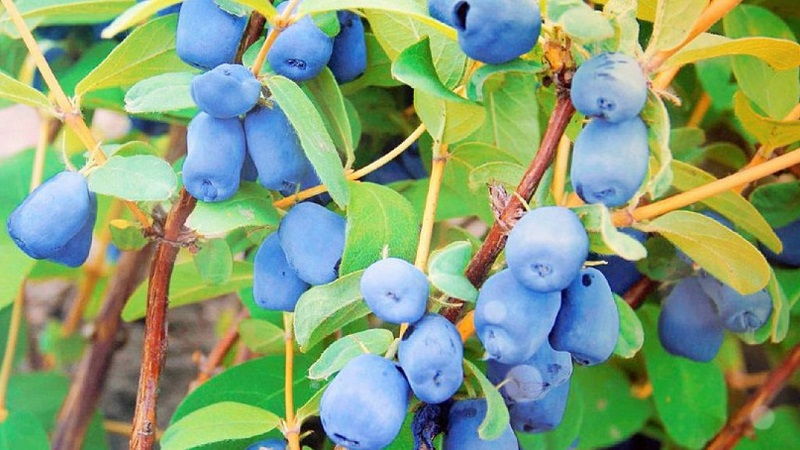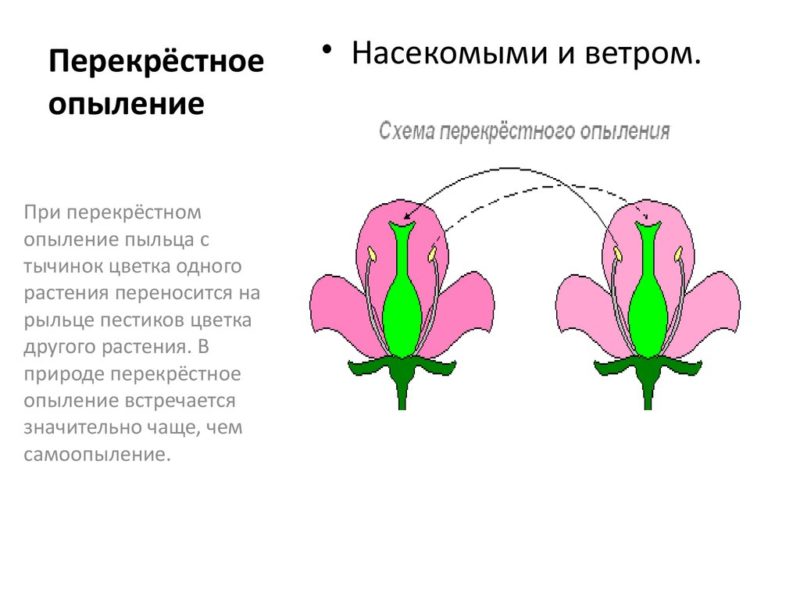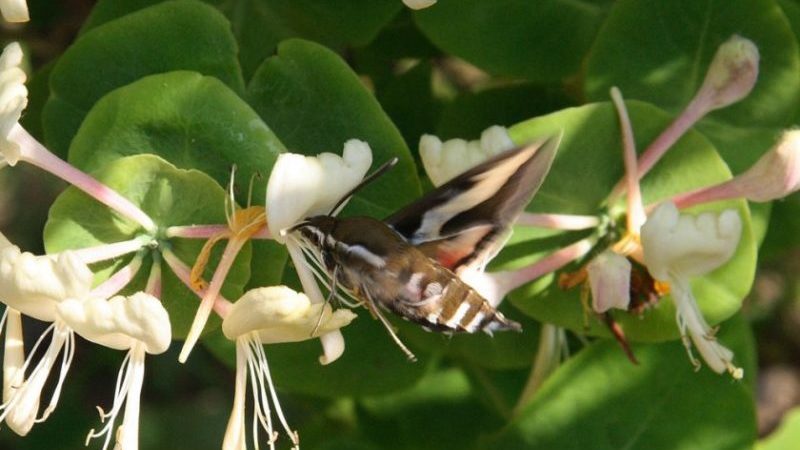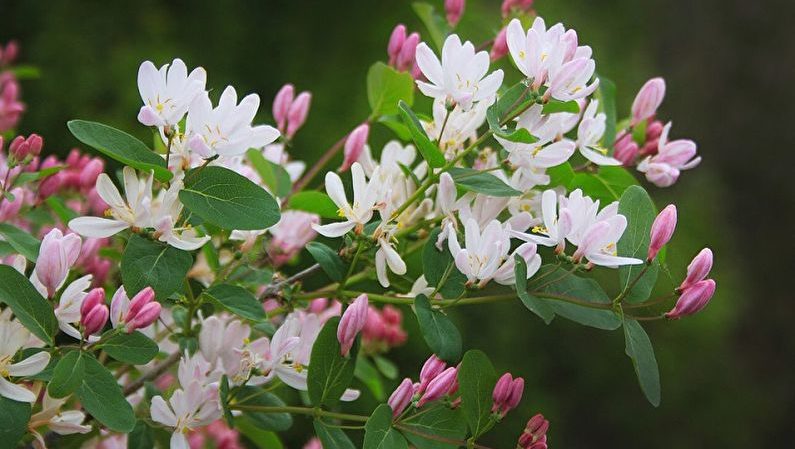Honeysuckle pollinator table - types and methods of pollination
Gardeners appreciate honeysuckle for its unpretentious cultivation, stable yield, healthy and juicy fruits. They are eaten fresh or used to make vitamin preserves and jams. Unlike other fruit and berry crops, most varieties of honeysuckle are self-fertile and need pollination.
This article will tell you how edible honeysuckle is pollinated and what is required for this.
The content of the article
Does honeysuckle require pollination

Honeysuckle is a self-infertile plant, therefore it needs pollination for fruiting. To get a rich harvest, several different varieties must grow on the site. Otherwise, there is a high probability of being left without tasty and healthy berries: with self-pollination, the fruits are tied poorly or not at all.
Interesting! Is honeysuckle re-pollinated next year? Yes, cross-pollination occurs no matter what the crop grew last season.
For convenience, seedlings are not sold individually, but in pairs or groups. The success of fruiting depends on the selection of suitable varieties. As a rule, honeysuckle is bought in this way in specialized nurseries.
What is cross-pollination

There are no bisexual crop varieties, therefore at least 3 seedlings are grown in one area... It is recommended to put them in a row. Some flowers contain only pistils, others - stamens. Insects, wind or rain are important for cross-pollination. Cross-pollinated honeysuckle is subdivided into monoecious and dioecious. In monoecious flowers with male stamens and female pistils arise on the same plant. In dioecious, female and male flowers are located on different plants.
Interesting! If the garden area is small, it is recommended to agree with neighbors about joint plantings. The distance between plants must be at least 1 m.
How is honeysuckle pollinated? Most often, cross-pollination occurs with the help of bumblebees and bees. Insects are attracted by the sweet aroma of flowers, they sit on them and extract nectar with their proboscis. They transfer pollen on the body and wings to other plants. This is how cross-pollination occurs. As a result, the berries grow larger and tastier. Bees and bumblebees pollinate up to 90% of flowers, increase useful ovaries.

Cross-pollination of Kamchatka honeysuckle
Like most other varieties, popular Kamchatka honeysuckle requires cross-pollination. 2-3 plants are grown on the site, their compatibility is studied in advance. The culture gives a good harvest in a duet with the Turchaninov and Blue Spindle varieties.
What varieties of honeysuckle should be planted together for pollination

Fruiting of the culture begins in the second year after planting. For convenience, experienced gardeners recommend studying the honeysuckle pollinator table. It will help you understand which varieties are best compatible with each other:
| Shrub name | Suitable pollinating varieties |
| Antoshka | Michurinskoe Divo, Blue dessert |
| Blue spindle | Blue bird, Bakchar Giant |
| Gourmet | Nizhny Novgorod early, Start |
| Three friends | Blue dessert, Antoshka |
| Darling | Morena, Amphora |
| Tomichka | Sorceress, Blue Spindle |
| Cinderella | Nymph, blue bird |
| Princess | Young lady, Blue dessert |
| Michurinskoe miracle | Peter the Great, Diana |
How to find the right pollinator
Before buying seedlings, they study the characteristics of each variety. A young plant should have a high yield, bloom simultaneously with other shrubs, and correspond to the climatic conditions of the growing region.
Conclusion
To grow tasty and large honeysuckle, 2-3 different varieties are planted on the site. This is required for successful cross-pollination. Participants in the process are bumblebees and bees, which transfer nectar from one plant to another. This happens mainly during the flowering period: the flowers attract pollinators with their scent. Seedlings are bought in groups, having selected compatible varieties in advance. The pollinator table will help you choose productive plants.